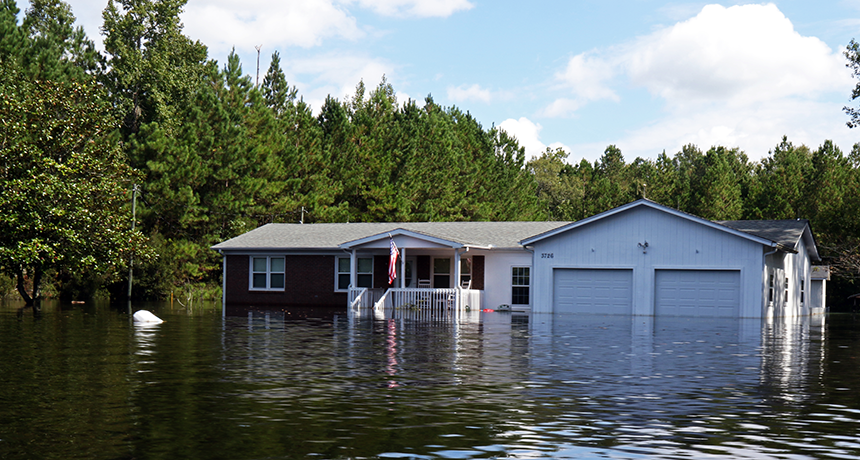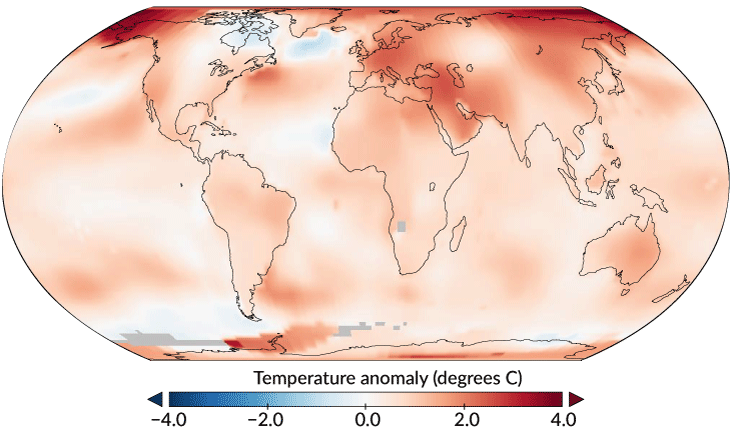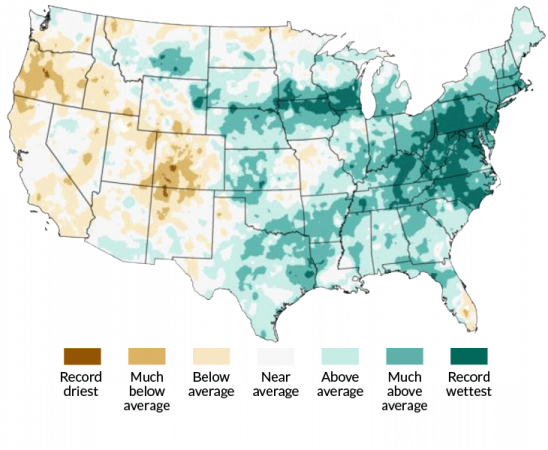annual Adjective for something that happens every year. (in botany) A plant that lives only one year, so it usually has a showy flower and produces many seeds.
Arctic A region that falls within the Arctic Circle. The edge of that circle is defined as the northernmost point at which the sun is visible on the northern winter solstice and the southernmost point at which the midnight sun can be seen on the northern summer solstice. The high Arctic is that most northerly third of this region. It’s a region dominated by snow cover much of the year.
atmosphere The envelope of gases surrounding Earth or another planet.
average (in science) A term for the arithmetic mean, which is the sum of a group of numbers that is then divided by the size of the group.
climate The weather conditions that typically exist in one area, in general, or over a long period.
climate change Long-term, significant change in the climate of Earth. It can happen naturally or in response to human activities, including the burning of fossil fuels and clearing of forests.
drought An extended period of abnormally low rainfall; a shortage of water resulting from this.
erratic A pattern that appears irregular and unpredictable.
greenhouse A light-filled structure, often with windows serving as walls and ceiling materials, in which plants are grown. It provides a controlled environment in which set amounts of water, humidity and nutrients can be applied — and pests can be prevented entry.
NASA Short for the National Aeronautics and Space Administration. Created in 1958, this U.S. agency has become a leader in space research and in stimulating public interest in space exploration. It was through NASA that the United States sent people into orbit and ultimately to the moon. It also has sent research craft to study planets and other celestial objects in our solar system.
National Oceanic and Atmospheric Administration (or NOAA) A science agency of the U.S. Department of Commerce. Initially established in 1807 under another name (The Survey of the Coast), this agency focuses on understanding and preserving ocean resources, including fisheries, protecting marine mammals (from seals to whales), studying the seafloor and probing the upper atmosphere.
Pacific The largest of the world’s five oceans. It separates Asia and Australia to the west from North and South America to the east.
water vapor Water in its gaseous state, capable of being suspended in the air.










